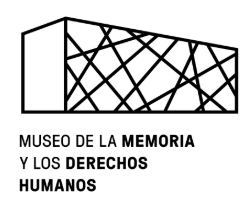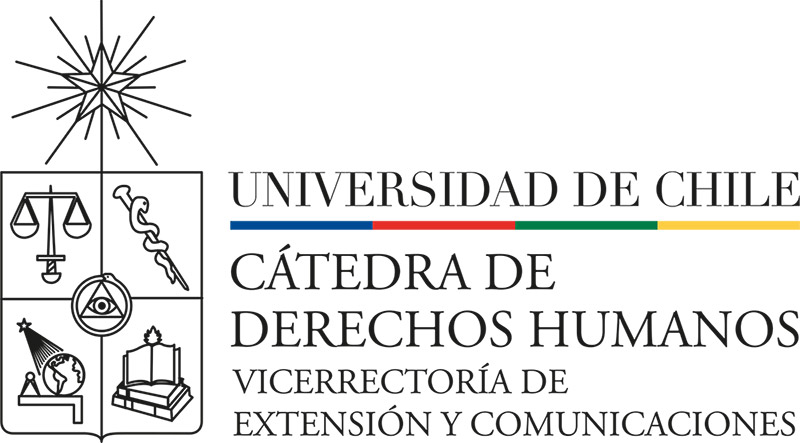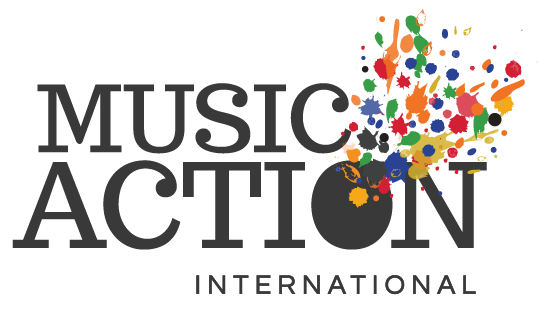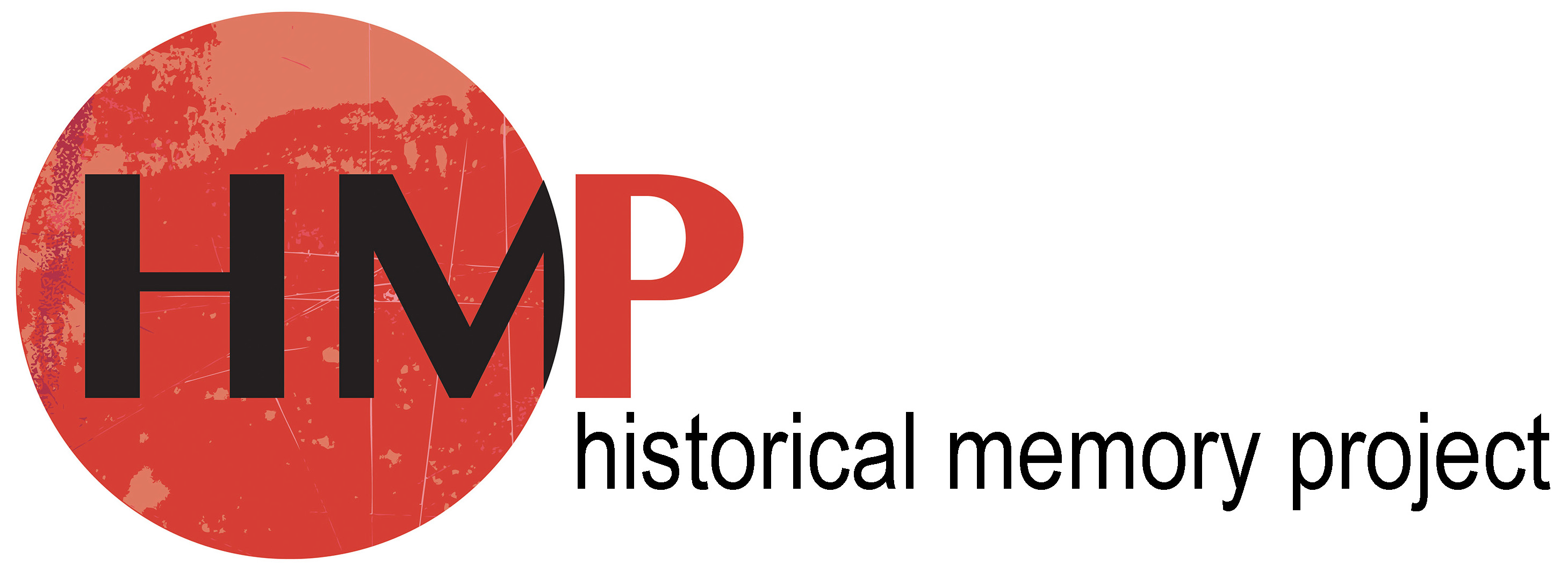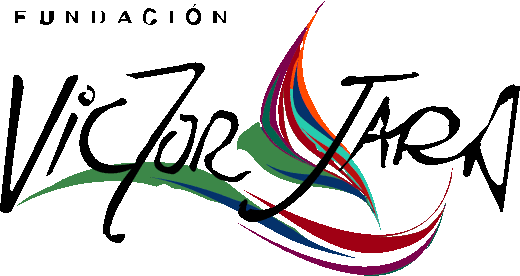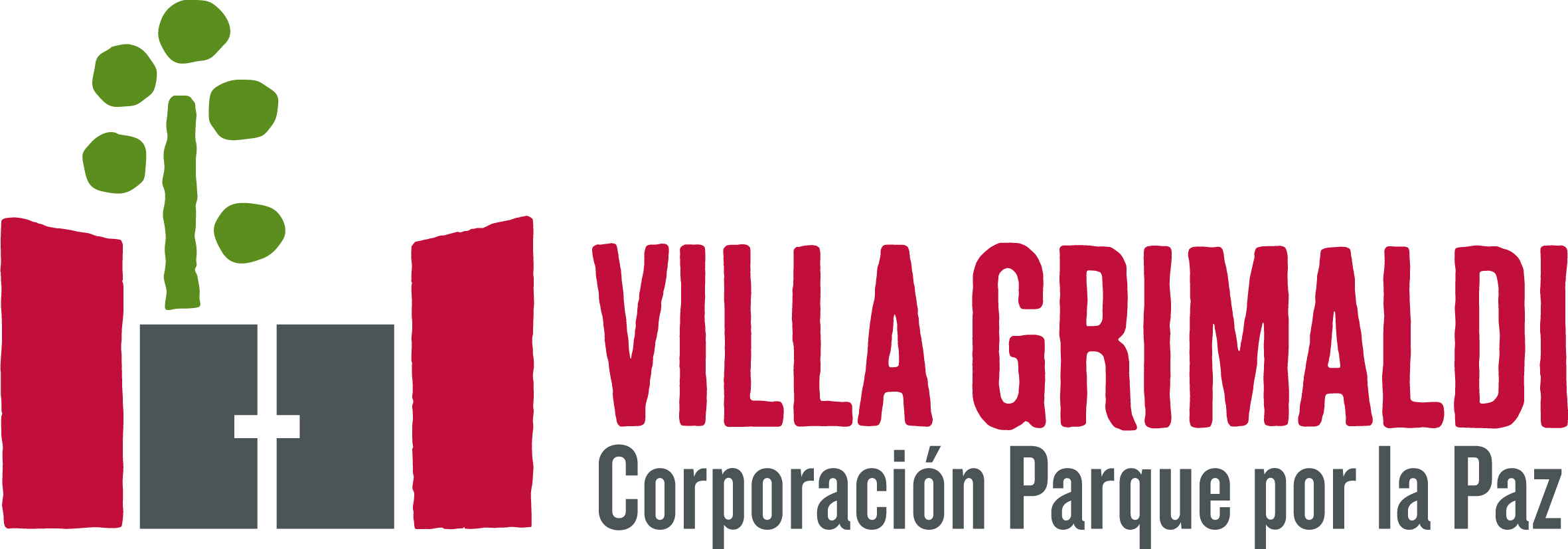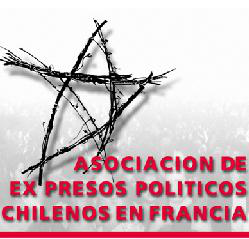 Cantos Cautivos
Cantos Cautivos
76 results where found for «Calle Ir������n N������ 3037 /img/logocantos.jpg»
Music piece by:
Tino Carrasco
Testimony by:
Luis Cifuentes Seves
Experience in:
Campamento de Prisioneros Chacabuco, November 1973 - February 1974
Tags:
Words for Julia (Palabras para Julia)
Music piece by:
José Agustín Goytisolo (lyrics) and Paco Ibáñez (music)
Testimony by:
Amelia Negrón
Experience in:
Campamento de Prisioneros, Tres Álamos, 1975 and 1976, until the closure of Tres Álamos
Tags:
You Hear It Far Away (Se escucha muy lejos)
Music piece by:
Collective creation
Testimony by:
Ignacio Puelma
Experience in:
Campamento de Prisoneros Ritoque, February 1975
Tags:
Alfonsina and the Sea (Alfonsina y el mar)
Music piece by:
Félix Luna (lyrics) and Ariel Ramírez (music). Popularised by Mercedes Sosa.
Testimony by:
Sergio Vesely
Experience in:
Villa Grimaldi, January 1975
Tags:
Music piece by:
Calatambo Albarracín
Testimony by:
Luis Cifuentes Seves
Experience in:
Campamento de Prisioneros Chacabuco, December 1973 - February 1974
Tags:
Anthem of Puchuncaví (Himno de Puchuncaví)
Music piece by:
Sergio Vesely
Testimony by:
Sergio Vesely
Experience in:
Tags:
Coplas of El Yopo (Coplas de El Yopo)
Music piece by:
Unknown. Traditional Venezuelan song. Popularised in Chile by Isabel and Ángel Parra
Testimony by:
Carlos Muñoz
Experience in:
Campamento de Prisioneros, Tres Álamos, 1975 - 1976
Tags:
They Say the Homeland Is (Dicen que la patria es)
Music piece by:
Chicho Sánchez Ferlosio
Testimony by:
Sergio Reyes Soto
Experience in:
Campamento de Prisioneros Isla Dawson, 1973 - 1974
Tags:
Captain, our Destiny is a Wandering Island (Capitán, el rumbo es una isla errante)
Music piece by:
Sergio Vesely
Testimony by:
Sergio Vesely
Experience in:
Tags:
Three Indian Songs (Tres canciones indias)
Music piece by:
Sergio Vesely
Testimony by:
Sergio Vesely
Experience in:
Tags:
